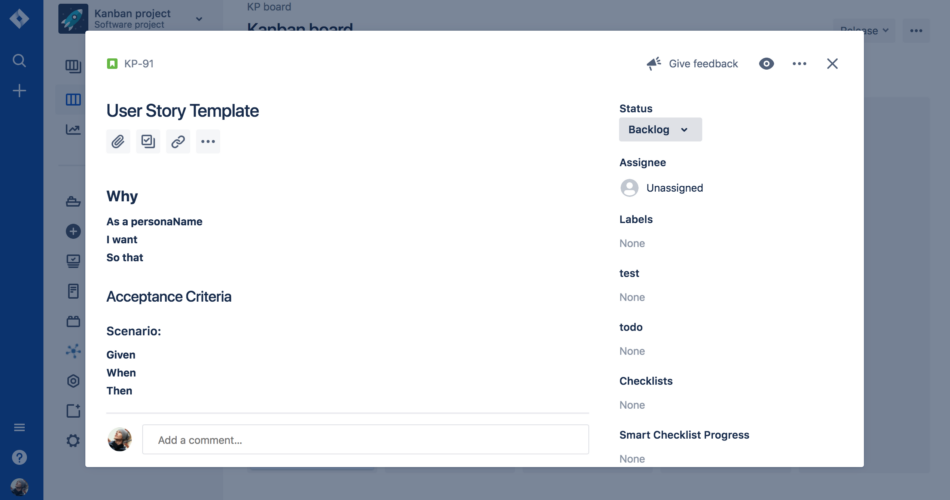In an “Agile” environment or when using project management tools like Jira or Azuredevops, terms like Epic, Feature, Theme, User Story, and Task are commonly encountered. These key Agile terminology are critical in structuring work and eliminating confusion.
If you’re new to an Agile environment, it’s crucial to quickly grasp these Agile terms. Through practical examples, this guide will help you understand these terms in less than 5 minutes.
The Scenario
Consider a project where we’re developing a feature-rich application for a driving school. This application requires several functionalities to be competitive, such as course planning, student progress tracking, online payments, notifications, etc. In this context, the Agile concepts of User Story, Epic, and Task come into play.
User Story
A User Story is a feature, a need that the user wants to see in the application. For instance, “Schedule a driving lesson” or “View my lesson history”. These user stories are expressed as “As a xxx, I want … so that …“.
This format helps identify the persona (who needs the feature), the intention (what they want to do), and the reason (the benefit or problem it solves).
User stories serve as a tool for discussion and collective problem-solving, fostering empathy, enhancing user needs understanding, and consequently developing products that cater to these needs.
Epic
An Epic can be thought of as a “larger User Story”. It’s a significant feature that encompasses several related features and spans across multiple iterations. An example could be “Managing student reservations“, which includes sub-features like:
- Booking reservations
- Modifying existing reservations
- Cancelling reservations
Dividing an Epic into User Stories aids in better organization and roadmap creation.
Task
Tasks represent the sub-steps required to accomplish a User Story. They provide a granular view of the work required to implement a feature and are instrumental in work management and tracking.
Feature
Feature helps categorize Epics and User Stories. For instance, if there are several User Stories related to Billing, we can group these under the Feature “Billing for driving school’s clients”.
Theme
A Theme in Agile is similar to a Feature but used to label User Stories. For instance, if there are several Epics/User Stories related to Billing, these can be associated with a “Billing” theme.
Conclusion
These terminologies are not just tools for work organization but also form a shared language that enhances team communication and collaboration. It’s vital that everyone involved has a shared understanding of these terms and what they signify.
